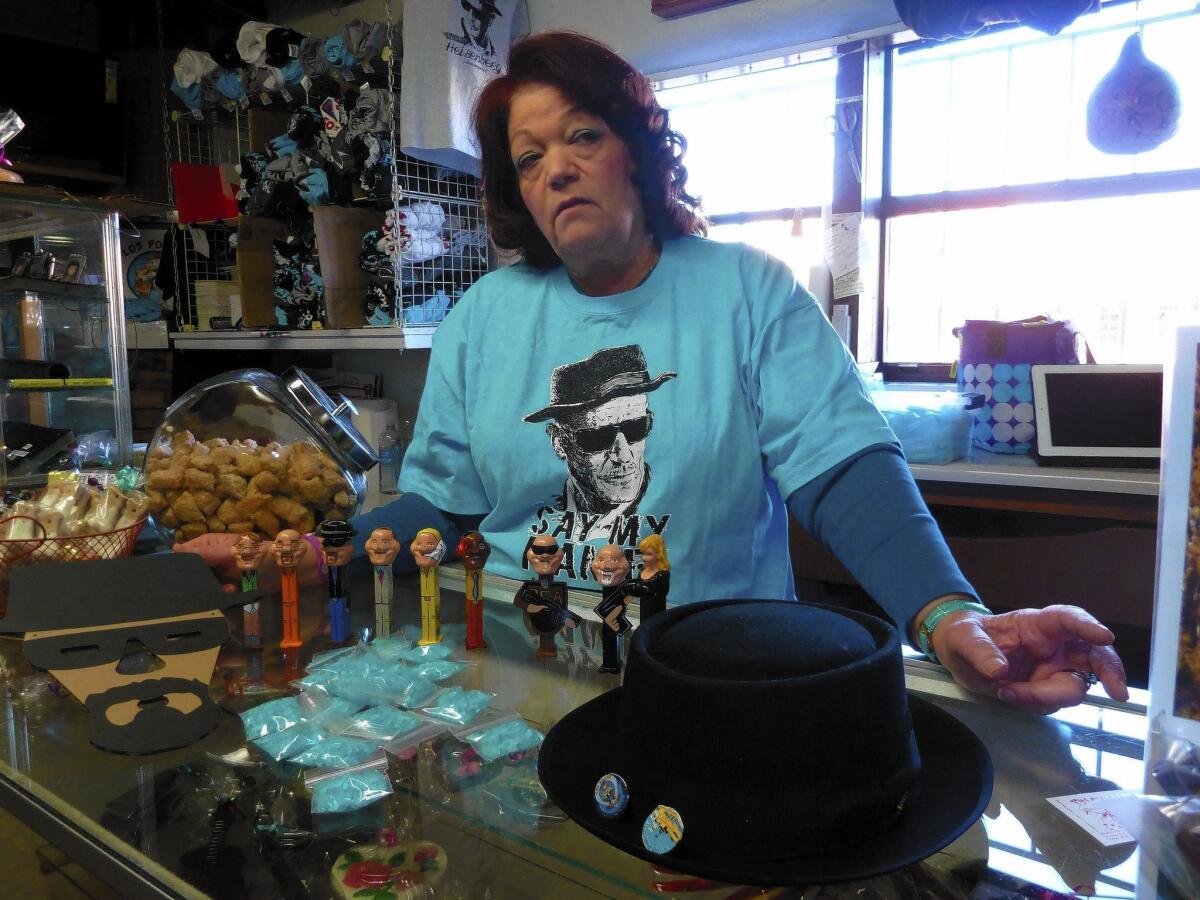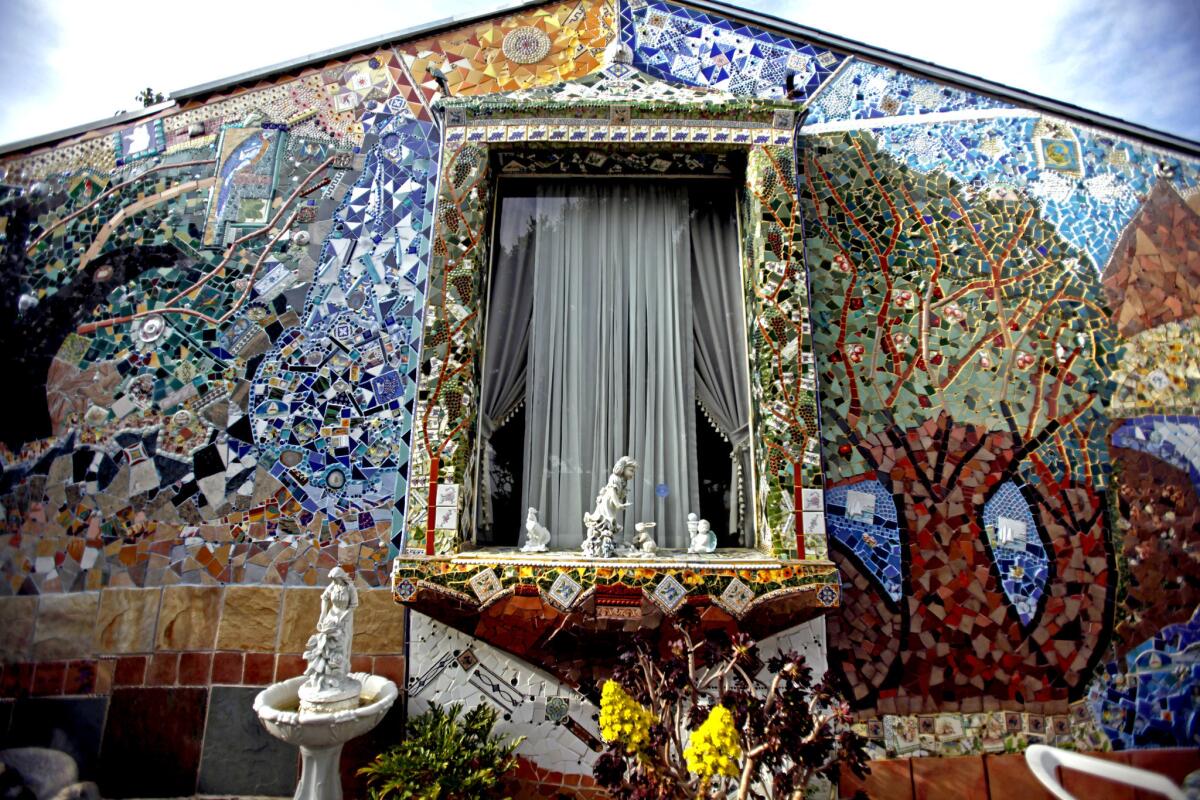Months after finale, âBreaking Badâ still cooking in Albuquerque
Fans of the TV crime drama tour film sites and buy methamphetamine-themed souvenirs. Some say all the fun glosses over the cityâs real drug problems.
The shopper nearly whispered her request. "Five bags of the blue stuff," Susan Clifford said.
Inside the candy shop in this city's Old Town district, Debbie Ball handed over packets of a turquoise-tinted confection designed to resemble plastic bags of the crystal meth made infamous in the popular TV series "Breaking Bad."
Clifford planned to ship the bags to friends in Ohio who, like her, were avid fans of the show: "I have thought, 'What am I doing? This is candy made to look like a dangerous drug.'"
In this city known as the methamphetamine capital of the Southwest, Clifford's guilty pleasure summarizes Albuquerque's conundrum: how to battle chronic meth use while celebrating the show that was filmed here and that put the city on the nation's cultural map.
An entire industry has arisen locally around "Breaking Bad." Months after the show's final cut, Albuquerque remains enthralled with the crime drama, even as critics complain about "Breaking Bad"-themed hats, shirts, tours and cocktails.
The show's defenders downplay the criticism and wonder what's wrong with having a little fun. "At least I'm not sending it to children," Clifford said of her purchase. "My friends are consenting adults."
The series, which aired its final episode in 2013, features Walter White, a terminally ill high school chemistry teacher turned drug kingpin, who cooks meth with ne'er-do-well former student Jesse Pinkman. Their teamwork leads to murder, mayhem and personal ruin.
"People around the world can spell the name Albuquerque, all because of that show," said Ann Lerner, the city's film liaison.
She said producers wanted to film the series in California's Inland Empire but switched to New Mexico because of the state's tax incentives. Albuquerque has since lured such Hollywood projects as "The Lone Ranger" starring Johnny Depp and the new battle film "Lone Survivor" featuring Mark Wahlberg.
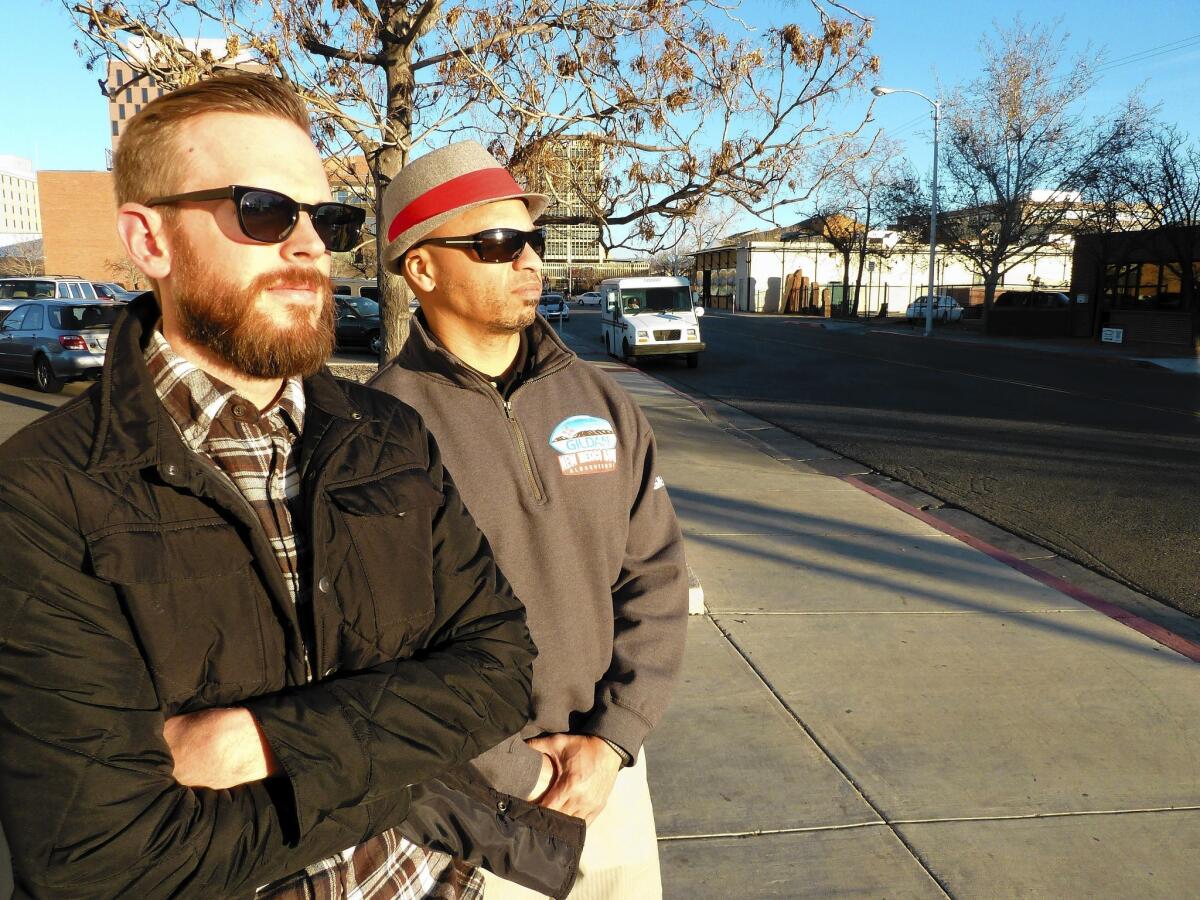
Jesse Herron, left, and Mike Silva run a weekly trolley tour of "Breaking Bad" film sites. "We've never had one person say we're glorifying meth," Silva said. "We're just celebrating a phenomenon." (John M. Glionna / Los Angeles Times)
Lerner denied the show glorified drug use: "'Breaking Bad' really isn't about meth at all. It's about a desperate man making desperate decisions."
Over five seasons, the series' filming pumped $70 million into the area's economy. Although there are no estimates on how much money "Breaking Bad" tourism has generated, shops, restaurants and hotels report that guests are coming to town because of the show.
Weeks after Ball began selling $1 bags of the blue candy in 2012, sales reached $500 a day. She also sells "Breaking Bad" T-shirts and hats as well as candy dispensers in the shapes of the main characters. Hotel gift shops peddle souvenirs of the show next to bunches of New Mexico chilies. At the Hotel Albuquerque, a mother pushing a baby stroller was overheard asking whether the Walter White shirts came in children's sizes.
There are tours of "Breaking Bad" filming locations â by foot, bicycle, trolley car, limo and a mobile home modeled on the show's meth-lab-on-wheels. There are "Breaking Bad" hotel packages and a line of "Bathing Bad" toiletry products.
A Web page of the city's tourism bureau employs the show's logo: the "Br" and "Ba" elements from the periodic table. A fast-food outlet used as a set displays a sign for the fictive Pollos Hermanos, with posters boasting, "'Breaking Bad' was filmed here." There's a tribute beer called Walt's White Lie and blue doughnuts sprinkled with blue sugar crystals.
"Not a day goes by that we don't sell out," said Andrea Zamora, a clerk at Rebel Donut. "And when we do, people freak out."
After one character died in the finale, the Albuquerque Journal ran an obituary, which the paper's columnist Joline Gutierrez Krueger called "the most widely read obit of a person who never lived." Fans flocked to a mock funeral, but a planned gravestone was canceled after complaints from families of people buried at the cemetery.
"People ask what made 'Breaking Bad' so popular here and elsewhere," Krueger wrote. "In the shortest way I can explain that, it's because it was that good. And because it was good, it made Albuquerque look good being bad."

I'd watch the users and think, 'Who's worse, them or me?' Usually I'd decide it was me.ââ Albuquerque native who would watch the show high
Law enforcement officials and social service agencies question such an attitude in a state that has one of the nation's highest rates of overdose deaths from prescription medications. In 2008, when the series began, one-third of all criminal cases in Bernalillo County were connected to meth use, sales or related crimes.
Today, "Breaking Bad" tours pass county drug detox centers filled with addicts.
"Meth use among the young hasn't dropped," said Katrina Hotrum, director of the Bernalillo County Department of Substance Abuse Programs. "We're going to be seeing this drug here for a very long time." All the publicity from the show hasn't meant more drug treatment funds for her department, she said.
Law enforcement has no interest in keeping the "Breaking Bad" bandwagon rolling. The federal Drug Enforcement Administration, which was represented in the series by the character of Agent Hank Schrader, will no longer comment on drug stories that mention the show. The Homeland Security Department and local U.S. attorney's offices also refused comment.
"Our drug problem here is more serious than most cities our size," said Dist. Atty. Kari Brandenburg, an admitted fan of the show. "These agencies don't want to be accused of buying into that culture."
Joseph Vigil used to watch "Breaking Bad" while high.
"I saw myself, the whole hustle of the drug life," said Vigil, 52, an Albuquerque native who recently checked into a detox center in a low-income part of town called the "war zone." "I'd watch the users and think, 'Who's worse, them or me?' Usually I'd decide it was me."
Since 2010, Hotrum said, sales of black tar heroin imported from Mexico have surpassed those of meth. But the strength isn't what it used to be, so a user needs more daily doses to stay high.
That's where meth comes in. A "dove," about half the size of a fingernail, costs $20. Hotrum said many heroin addicts take meth for the energy to score more heroin.
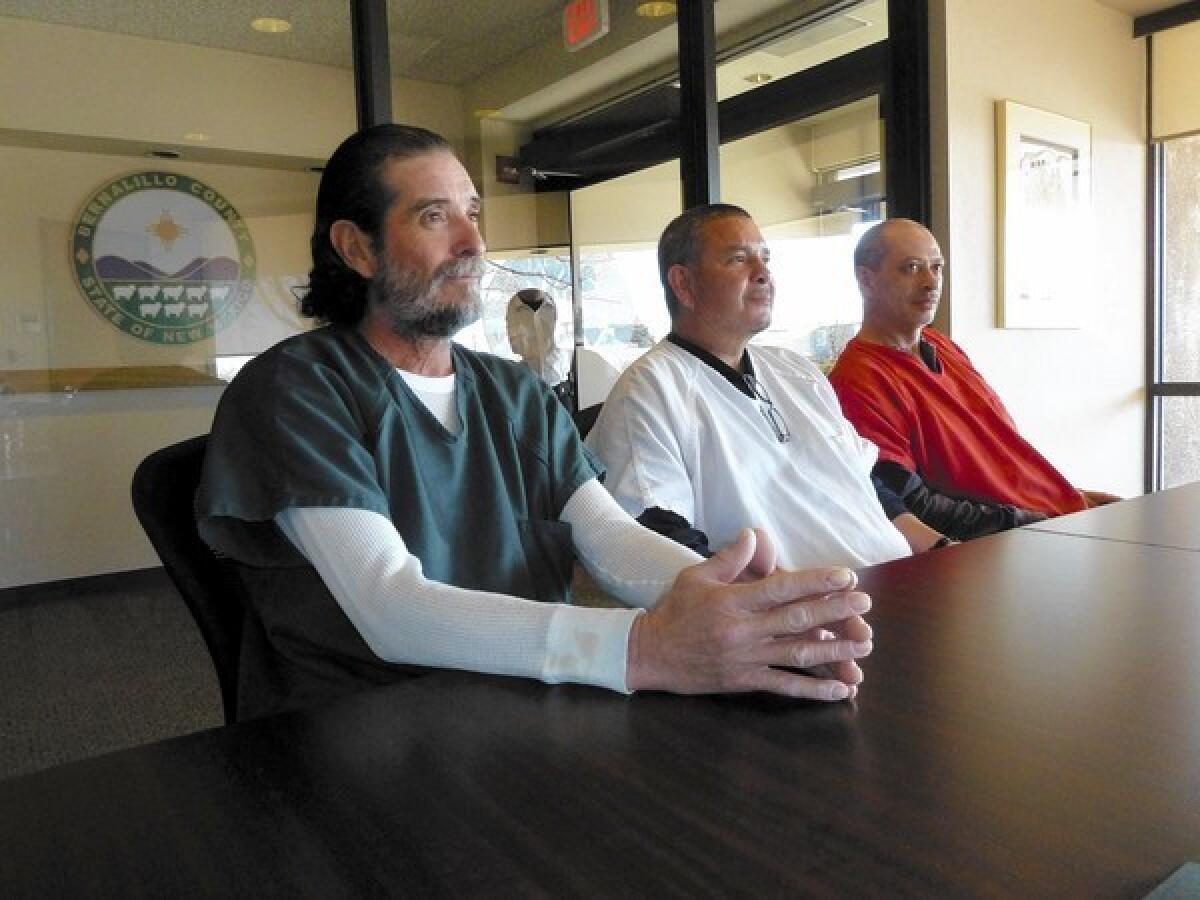
Joseph Vigil, left, says he used to watch "Breaking Bad" while high. Now he's in a detox center. (John M. Glionna / Los Angeles Times)
Albuquerque's drug use was already a problem before "Breaking Bad." For decades, Albuquerque served as a prime location for the transport of illicit drugs, law enforcement experts said. The city sits six hours from the U.S.-Mexico border and at the intersection of two major interstates â 40 and 25 â providing easy access for heroin and meth smugglers headed east, west or north.
"Breaking Bad," Hotrum said, dealt mostly with the production of meth, and rarely showed the drug being used. In her clinic she has seen the gritty reality of paranoid tweakers who pick at their skin and talk to themselves in the depths of a meth binge.
Authorities say the quantity of meth seized in drug busts is on the rise. "Ten years ago, if I could produce a pound of meth in a bust, I'd be officer of the century," said Brian Sallee, a veteran New Mexico narcotics investigator who gives seminars to agencies nationwide on how to better control the drug. "Now we do that amount two or three times a month."
Vigil said the series had given younger meth users here a twisted sense of bragging rights. "You hear them saying, 'We're bad-ass; badder than L.A.,'" he said. "'We're on the map. We're breaking bad.'"

Across town, Mike Silva and Jesse Herron sat inside the Flying Star cafe, a hipster coffee house frequented by actor Bryan Cranston (aka Walter White) when he lived in Albuquerque.
Since the show's success, their lives have been breaking good. The pair run a weekly trolley tour of 20 sites where the series was filmed. The $65 tours seat 34 and sell out in three minutes online.
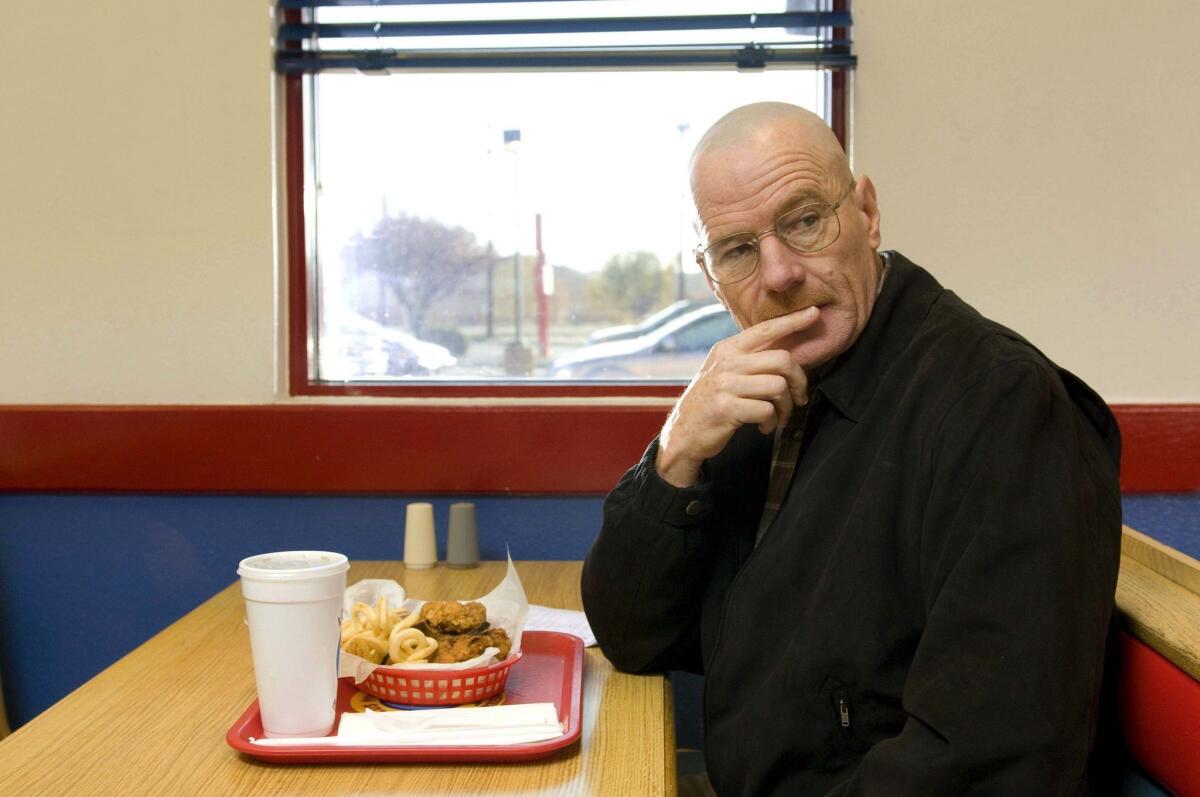
Walter White, played by Bryan Cranston, is seen at the fictional restaurant Pollos Hermanos in Season 2 of "Breaking Bad." The Albuquerque fast-food outlet used as the set displays posters boasting, " 'Breaking Bad' was filmed here." (Richard Foreman / AMC)
"We've never had one person say we're glorifying meth," Silva said. "We'd never want to be accused of trying to cash in on 'Breaking Bad.' We're just celebrating a phenomenon."
But Ball, the owner of the Candy Lady shop, has felt a backlash â she has been accused of playing drug pusher to children. Once a man shouted about the pain her product caused, saying his son had died of a meth overdose.
Ball told him her own daughter-in-law had died from taking meth.
"I told him we were both experiencing an educational moment," Ball said. "We all know Albuquerque is hooked on meth. This TV show gives us reason to talk about the problem."
No doubt the debate will go on: The spinoff series "Better Call Saul," based on the character of sleazy lawyer Saul Goodman, is scheduled to premiere in November and will begin filming here soon.
Follow John M. Glionna(@@jglionna) on Twitter
Follow @latgreatreads on Twitter
More great reads
Border fence is a musician's wall of sounds
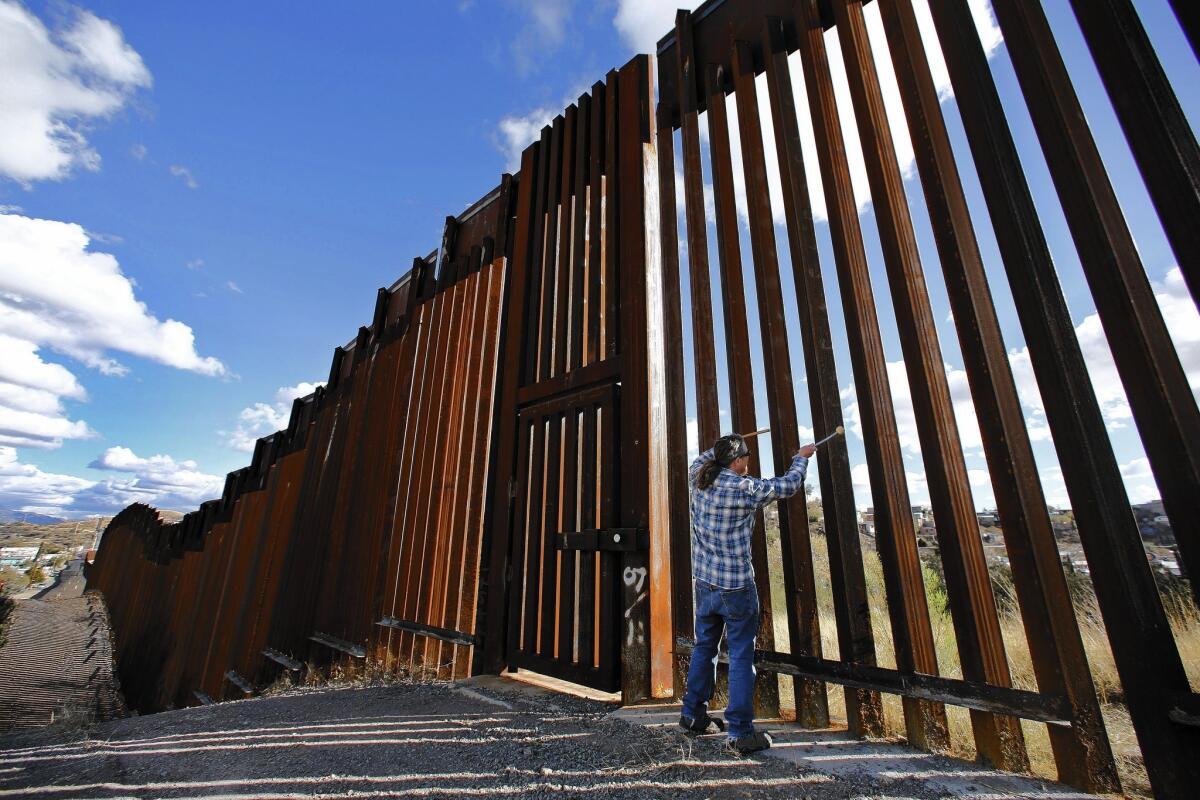
I'm a white male playing the border wall. I'm aware of my privileged status.â
Bikers bring life to Mojave Desert ghost town
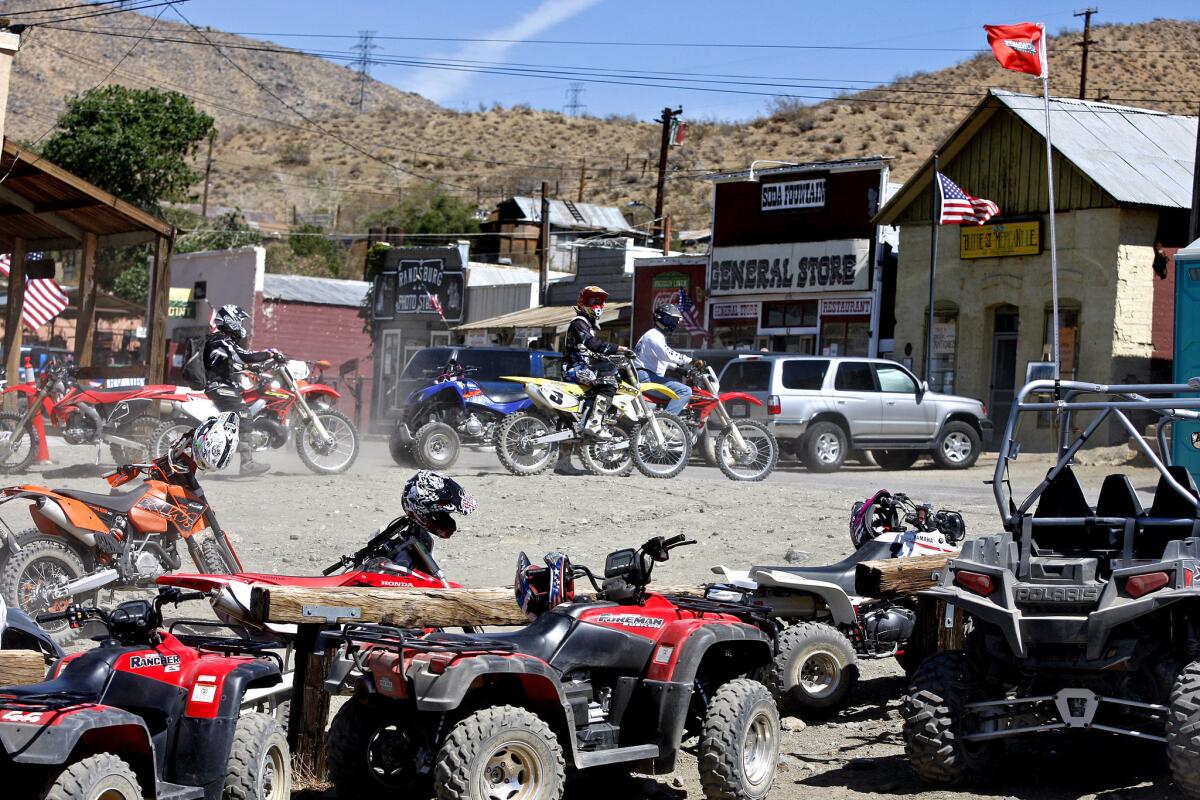
Sign up for Essential California
The most important California stories and recommendations in your inbox every morning.
You may occasionally receive promotional content from the Los Angeles Times.
